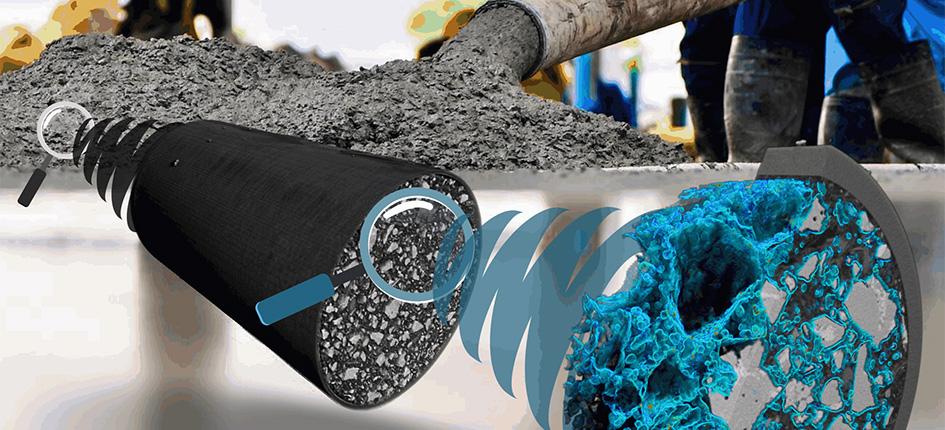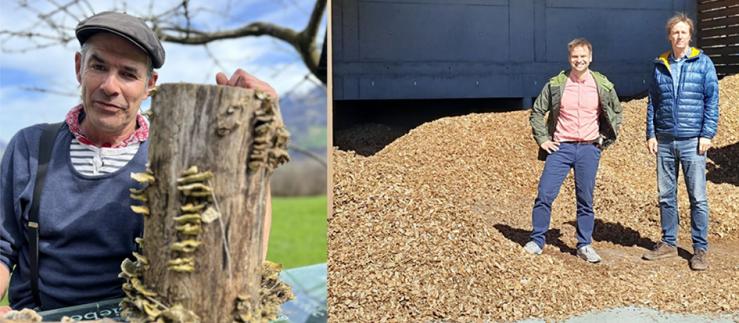A research team is seeking to shed light on previously unknown processes linked to the hydration of cement. By gaining a deeper understanding of this, the researchers are aiming to pave the way for low-carbon cements. The study is being led by the University of Malaga, with Grenoble Alpes University in France, the European Synchrotron Radiation Facility (ESRF), which is also based in Grenoble, and the Paul Scherrer Institute from Villigen in the canton of Aargau all also involved in the project.
The main drawback of the current proposals for low-carbon cements is the slow hydration kinetics in the first three days, further details of which can be found in a PSI press release. However, understanding the processes involved in the early stages of cement production is “crucial”, as Shiva Shirani, first author of the paper and PhD student at the University of Malaga, explains. For this reason, the research team has “developed a methodology to get a full picture of the hydration of Portland cement”, she adds.
To this end, the scientists combined complementary experimental approaches at the ESRF and the Swiss Light Source SLS at PSI. Near-field ptychotomography was able to uncover the hydration of commercial Portland cement, the press release explains.
“Understanding the mechanics of the slowest processes will hopefully lead to strategies to rationally accelerate the hydration of low-carbon cements”, comments Miguel A.G. Aranda, a co-author of the study. This could include, for example, faster strength-enhancing admixtures, which are “needed to timely remove the formwork”, he adds.







